For Lizards, Three Eyes Are Better Than Two
You may have heard the term "third eye" used as a mystical concept. In certain spiritual traditions, like Hinduism, the third eye (also referred to as the inner eye) refers to a speculative invisible eye that can "see" beyond ordinary sight, allowing for remarkable perception. It is often related to clairvoyance, transcendence and spiritual enlightenment.
Though they may not be clairvoyant, many lizards actually DO possess a third eye. We call this structure the parietal eye; located in the top of the skull, the parietal eye is part of the epithalamus, and in some species, the eye actually protrudes through the skull and is visible. It is referred to as a third eye if it is photoreceptive, or capable of detecting light. Unlike normal eyes which see by using rod or cone cells, the parietal eye uses a unique biochemical method of detecting light. So how come we don't immediately notice this eye? Well in all living species, the parietal eye is both smaller than the main eyes and is covered by skin, often not readily visible externally (though in some lizards it is possible to locate with a close look).
The parietal eye is actually a reduced form of a previously complex structure. Many of the oldest known fossil vertebrate skulls (ostracoderms, placoderms, and even tetrapods) actually have a socket that many scientists hypothesize actually held a third, more functional eye! The socket still remains in many reptiles and amphibians, just a small opening between the parietal bones, but it has disappeared completely in birds and mammals (sorry guys!). Over time, this third eye reduced, growing smaller and a layer of skin, to the point where it is difficult to detect in many species.
If you have followed my posts, you may remember I wrote about the lizard-like tuatara, a small reptile that is a living fossil and has changed very little for millions of years. The tuatara does possess the parietal eye, and it is actually a far more well developed structure, complete with a small lens and retina! Despite it's complexity, the eye is well hidden in adults and only obviously visible in hatchlings.
So what is the point of this weird eye? Here's an experiment you can try at home, either with a pet lizard or even a small wild one (wild ones may work a little better because they are more skittish!): without otherwise moving, and as best you can outside the normal field of vision, wave your hand over the lizards head. As the shadow passes over the head, the lizard will likely dart away (doesn't work 100% of the time, some lizards are bolder than others). By sensing shadows and light changes, reptiles can detect predators that may be ouside the field of vision. If a bird of prey swooped over, its shadow might alert the reptile to flee and seek cover. The ability to detect light is also important for regulating the circadian rhythmicity and for hormone production for thermoregulation.
Aside from lizards, parietal eyes can be found in lampreys, frogs, and fish such as sharks and tuna where they serve the same purpose. Species like salamanders and some fish do have a more primitive, poorly developed version, called the parapineal gland, that is capable of the most basic light detection.
So take a good hard look next time you see a lizard either at the zoo or in the wild (or even at home!). These small structures can be difficult to detect, but they can be often be found with little difficulty once you know what to look for!
http://2.bp.blogspot.com/_HHrb5Nc_iPE/TDUnDTPBxlI/AAAAAAAABj4/6g4mN2CfBxM/s1600/P1010656+(Medium).JPG Photo and Credit

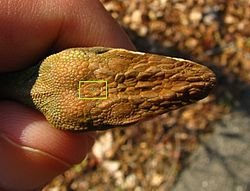
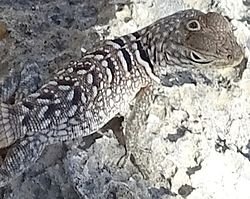
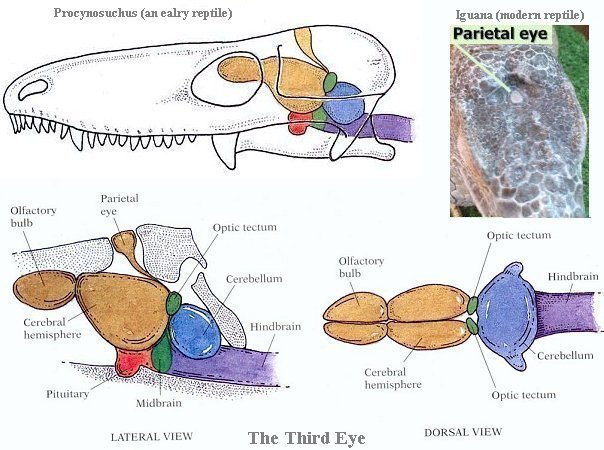
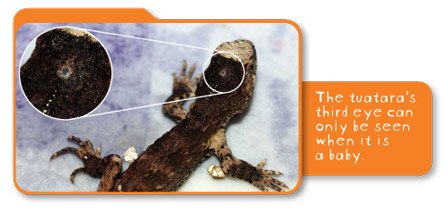
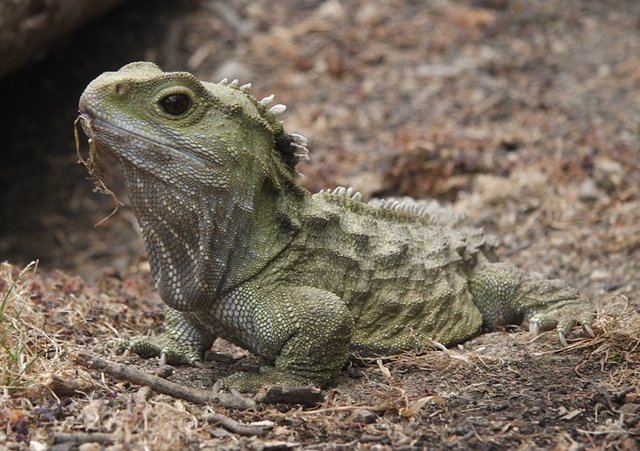
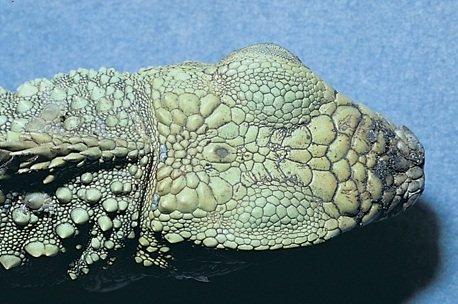
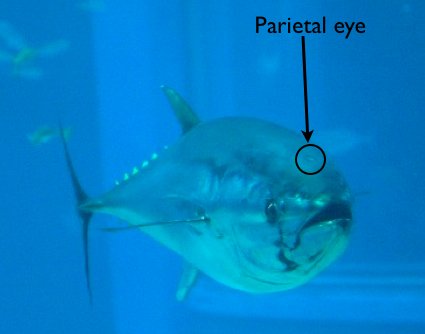
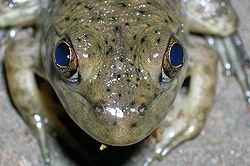
That is awesome, thank you for sharing! I had no idea... I love reptiles and amphibians and have really enjoyed your blog. I caught a horned lizard and a garter snake this past weekend on my camping trip in northern AZ. They are so cool!
Thanks for the support! And I love the horned lizards too (I'll be briefly talking about them in an upcoming post!)!
Wow, I never knew this! Do you think that some dinosaurs had this parietal eye too?
Good question (I actually had to do a little digging, not much material on the subject)! I don't believe dinosaurs had the eye. Because the parietal eye is present in lizards, frogs and fish, it can be assumed that it evolved very early in fish. However, the eye was lost as reptiles began to diverge, hence why we don't see it in snakes, turtles, etc. I would have to assume that by the time dinosaurs arrived on the scene, they had lost that trait (which would also explain its absence in birds).
I didn't know that either! Very interesting!